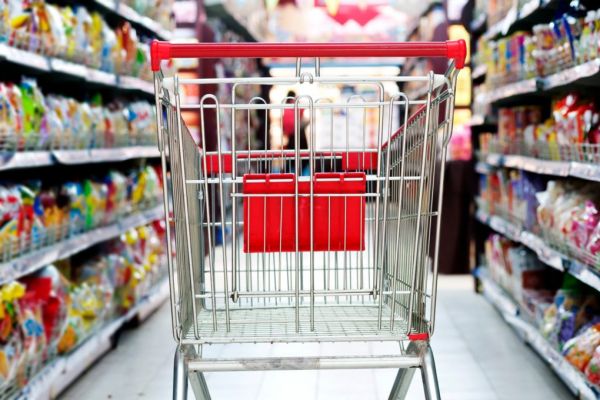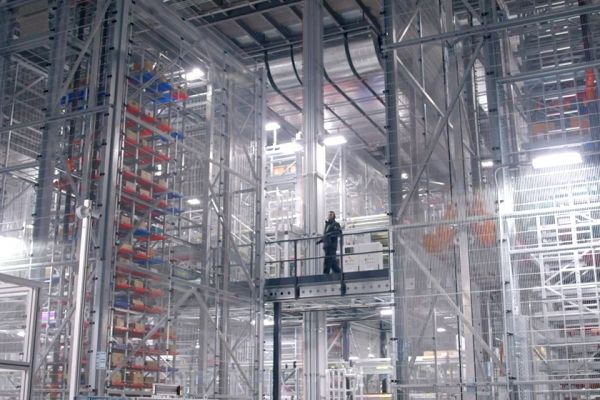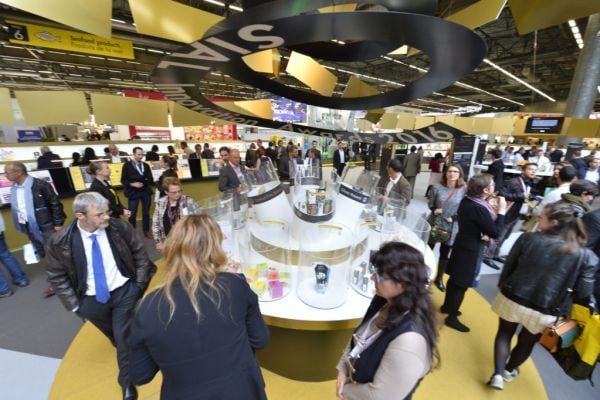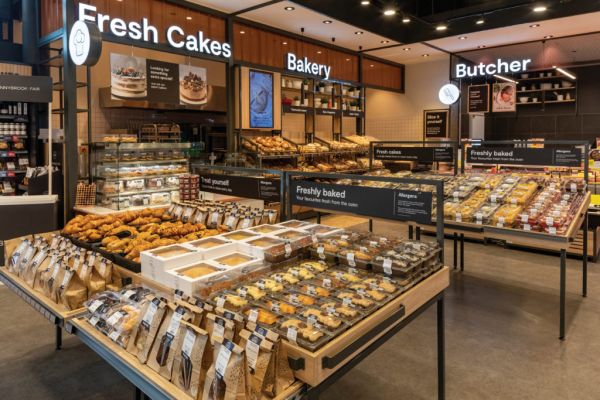ESM spoke to Laurent Thoumine, senior managing director, Accenture, about the shifting technology requirements of grocery retailers.
At the start of last year, Accenture published its Store of Tomorrow report, which outlined a ‘new integrated vision for the future of retailing’, according to the consultancy firm.
Noting that retail has changed ‘profoundly and permanently’ in recent years, the report suggested six key ingredients that retailers needed to deliver in order to drive future success: an integrated customer experience, optimised supply chain operations, a purposeful and skilled workforce, the use of real-time retail data, enhanced sustainability and social responsibility, and data-driven decision-making.
In the months that have followed, however, the retail sector has faced a myriad of challenges – including significant cost increases, sourcing difficulties and rampant inflation, putting paid to the ‘return to normality’ that many were expecting once COVID-19 had subsided.
With this in mind, ESM spoke to Laurent Thoumine, senior managing director, Accenture, on which priorities outlined in the Store of Tomorrow outlook have shifted somewhat, which have remained the same, and what the coming year has in store for supermarkets.
Reinventing Retail
As Thoumine explains, the retail sector is currently in a period of reinvention, from both a technological and operational point of view.
“We need to invent a model that is forward looking, sustainable, and drives profits, and, at the same time, we need to serve those that are looking for discounts or value for money,” he says. “The challenge for tomorrow is how to combine these different elements by reinventing the way we are merging online and offline commerce.”
Data monetisation is likely to be a hot topic in the coming years, Thoumine adds, as retailers take advantage of a “huge opportunity” to drive greater personalisation into shoppers’ decision-making processes.
“This includes an increase in content related to a particular product – how you are going to cook a product, whether a product is adapted to your diet, and so on,” he says. “We’re going to see products being presented in a more interactive way at store level, and, by doing this, we will be able to capture much more information.”
Integrating New Technologies
As retailers seek to drive greater efficiencies, technology integration is likely to permeate all aspects of a retailer’s operations going forward, as artificial intelligence and machine learning enable businesses to make more informed decisions, and optimise their operations accordingly.
“There are no departments in a retail organisation that are immune from this – whether that be the finance department, the HR department, or the merchandising department,” Thoumine says.
In addition, we can expect to see increased granularity about how stores are run on an individual basis, rather than reverting to a head-office playbook.
“We used to say, ‘One size fits all,’” he says. “The thinking was, I just need to replicate my store model, and it will work in each and every city. That’s no longer the case. All retailers understand that they need to tweak their assortment store by store, depending on the catchment area, their competitors, and so on. Retailers no longer have a national pricing strategy – all pricing strategies are localised. Even the discounters are doing this.”
Beyond Analytics
Such thinking, Thoumine adds, involves thinking beyond what analytics can tell us about the performance of a particular outlet on a particular day.
“Analytics is only looking at the dashboard, to understand whether something has been performing in the past week or so,” he says. “It’s useless in terms of looking into, how can I help a store employee to be more efficient? How can I advise him or her to behave slightly differently in terms of the way they are actually replenishing the shelves or interacting with customers? This is the domain of artificial intelligence, machine learning, and chatbots.”
This approach requires buy-in from those at the top of an organisation, and recent years have seen the emergence of a new breed of supermarket CEO – such as Alexandre Bompard of Carrefour or Tesco’s Ken Murphy – who understands the need to enhance the technological quotient of their workforce and become more digitally savvy at all levels.
“They understand the need to train their people, educate their teams, and potentially mix them with talent coming from elsewhere – from the banking industry, for example, where this understanding of technology has been in place for some time,” says Thoumine.
In addition, with margins under pressure, he expects to see retailers looking to “merge their thinking” – in a non-competitive way – when it comes to technology, in order to achieve the required scale.
“I’ve recently been talking with independent retail groups and cooperatives across Europe, and they understand that they need to group together, or form a kind of alliance, in order to have the ability to invest in technology and share resources,” he says. “Size does matter, and only by joining forces will they succeed – at least at a European level.”
The Changing Role Of Quick Commerce
In the space of a few months, quick commerce has gone from being the darling of the investment world to a sector in which profitability is paramount – look at the level to which the core operators in this sector have reined in their operations in non-core markets in recent months. According to Thoumine, quick commerce “still has a role to play” – provided that retailers can get the cost structure right.
“Delivering to a consumer’s home can cost, on average, €17 per delivery,” he says, “so if you want to be profitable, you need a basket of at least €160. Let’s say a shopper orders a yoghurt and gets it delivered to their home. That yoghurt needs to cost €17 or €18 just to make the cost base work. That just doesn’t fly.
“Uber Eats and Deliveroo provide a different model, and different kinds of services, but they’re going to ask you to pay for it. If you order from them, not only are products more expensive than they are in store, but you’ll notice some additional costs that are added to your bill.
“There’s an additional margin on top of the cost of the product, as well as additional service charges – but that’s just the reality of the cost structure with that kind of service.”
Future Investment
In terms of where retailers are most likely to invest in the short term when it comes to technology, Thoumine believes that cost transformation is going to be at the top of every CEO’s agenda in 2023.
“Retailers are going to invest massively in cost optimisation. They are going to look to reduce their assortments and use artificial-intelligence engines to dynamically optimise their assortment and their pricing,” he says.
That also goes for optimising staff costs, with investment in self-checkout and checkout-free technologies likely to accelerate.
“Wages have been impacted by inflation, and this is significantly impacting the profit and loss of retailers,” Thoumine adds, “so they are going to seek to automate as much as they can.”
In doing this, he notes, retailers will seek to engender a continuous improvement programme for cost optimisation, logistic cost optimisation, and pricing, with technology at its heart.
© 2023 European Supermarket Magazine – your source for the latest Technology news. Article by Stephen Wynne-Jones. Click subscribe to sign up to ESM: European Supermarket Magazine.














